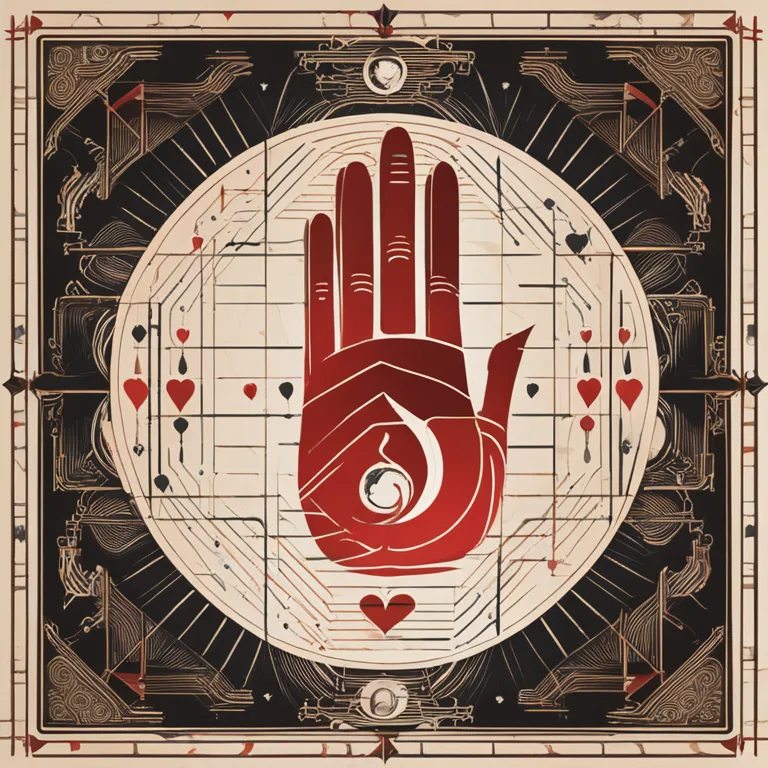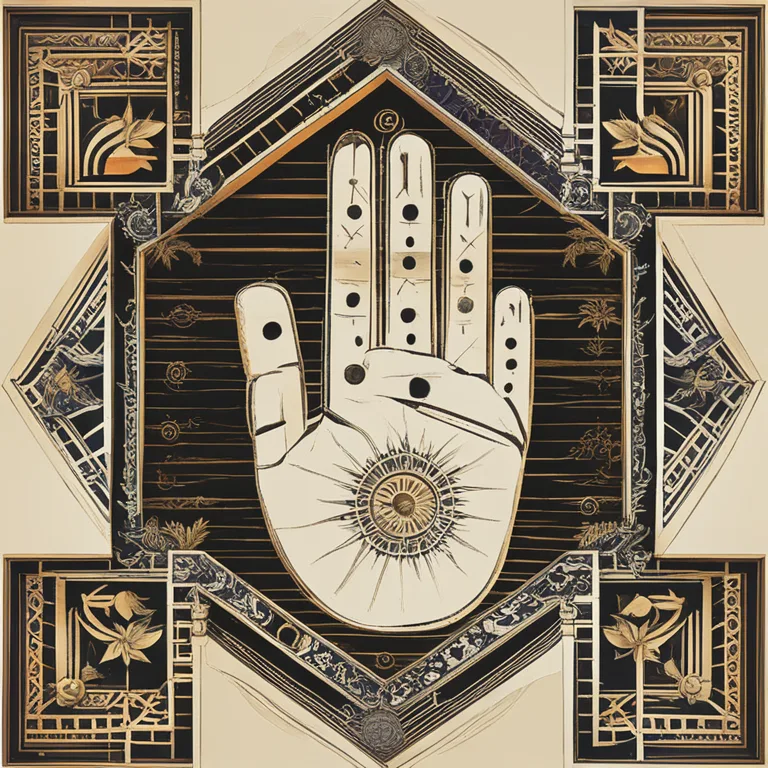
Palmistry Insights: Mysteries in Your Hands
Delve into the world of palmistry with this informative article unveiling fascinating facts about hand reading practices and their relevance in the modern era.
article by Nora Pennington
An Ancient Practice with Timeless Appeal
Palmistry, or chiromancy, has been consulted by humans for centuries in their quest to understand more about their lives and personalities. This ancient art, rooted in various cultures from India, China, to Ancient Greece, continues to fascinate individuals in the age of technology. Despite the advancements in science and skepticism, palmistry maintains a foothold in modern society as an esoteric discipline. It represents a unique blend of tradition and contemporary interest, attracting those who seek personal insights and a different perspective on their life path. Palmists, who study the craft, claim to decipher one's character, potential, and future by analyzing the hands, suggesting a deep connection between our palms and individual destinies.

The Lines Speak Volumes
At the heart of palmistry lies the interpretation of the palm lines. Three major lines are considered the most telling: the heart line, head line, and life line. The heart line, arcing across the upper part of the palm, ostensibly offers clues about emotional life and relationships. The head line, running just below the heart line, is said to indicate mental attitudes, intellectual tendencies, and receptivity to learning. The life line, the one that curves around the thumb, is frequently associated with vitality, general well-being, and significant life changes. While many believe these lines to be static, palmists suggest they can change over time, reflecting the shifts in one's life experiences and decisions.

The Role of Hand Type
In palmistry, the shape of the hand and the fingers also carry significance, often suggesting an association with the classical elements of earth, water, air, and fire. Earth hands are typically wide with square palms and fingers, conveying a sense of practicality and stability. Water hands feature long palms and fingers, hinting at a creative and emotional personality. Air hands are characterized by square or rectangular palms with long fingers, suggesting intellectual and communicative qualities. Fire hands, with their short fingers and rectangular or square palms, are often associated with enthusiasm and leadership. The art of palmistry employs this elemental system as a framework for interpreting various personality traits and potential life courses.

Mounts and Markings
The mounts of the palm refer to the fleshy pads that align with planets in astrology, including the Mount of Venus, Jupiter, Saturn, Sun, Mercury, Mars, and the Moon. Each mount relates to different aspects of life such as love, ambition, discipline, glory, communication, courage, and imagination respectively. Additionally, palmists look at other markings on the palm such as crosses, stars, and triangles, which can indicate special events, challenges or talents. While the interpretation of these markings remains subjective, they add a layer of nuance and detail for practitioners of palmistry, who read them as symbolic narratives encrypted in the palm of each individual.
Modern Palmistry Integration
In recent years, palmistry has seen integration with other forms of introspection and forecasting. Biorhythms, astrological concepts, and numerology are often used in tandem with palm reading, providing a holistic approach. This syncretism suggests that although palmistry is an ancient art, it can adapt and absorb new ideas, fitting comfortably into the contemporary landscape of personal development and self-discovery. With increased interest in wellness and spirituality, palmistry continues to be a sought-after practice for those looking for a blend of tradition and personal empowerment.
The Skeptics' View and Personal Empowerment
It's important to note that palmistry, like any form of divination, is met with both intrigue and skepticism. Critics often dismiss it as a pseudoscience, citing a lack of empirical evidence and the prevalence of subjective interpretations. However, those who find value in palmistry may argue that its power lies not in its predictive capabilities, but in its ability to mirror one's journey, prompting introspection and self-awareness. Whether its efficacy is believed or not, palmistry's enduring presence suggests it continues to offer an avenue for personal exploration and entertainment for many.
Published: 1/3/2024
Modified: 1/3/2024
More predictions
Come back here soon to learn more about yourself and your future


Palmistry Clues to Predicting Parenthood
Delve into the palmistry lines associated with predicting childbirth and learn what your hands may reveal about future family life.


Palmistry's Insight into Your Health
Discover the connections between the lines on your palm and your well-being in this comprehensive look at palmistry’s role in health forecasting.


The Origins & Journey of Palmistry
Trace the fascinating history of palmistry, understanding its ancient roots and its evolution through cultures and time.